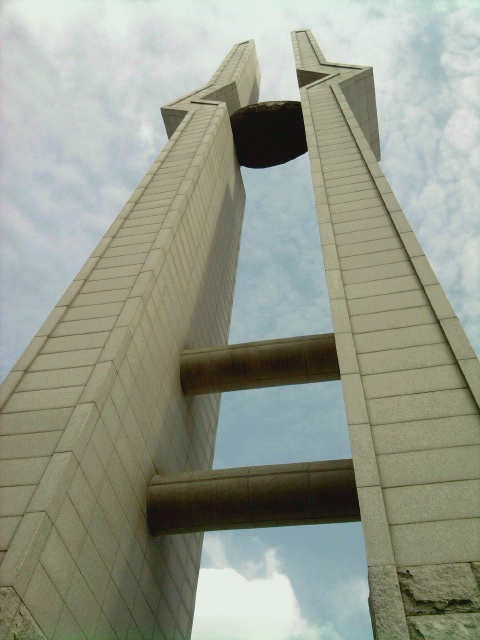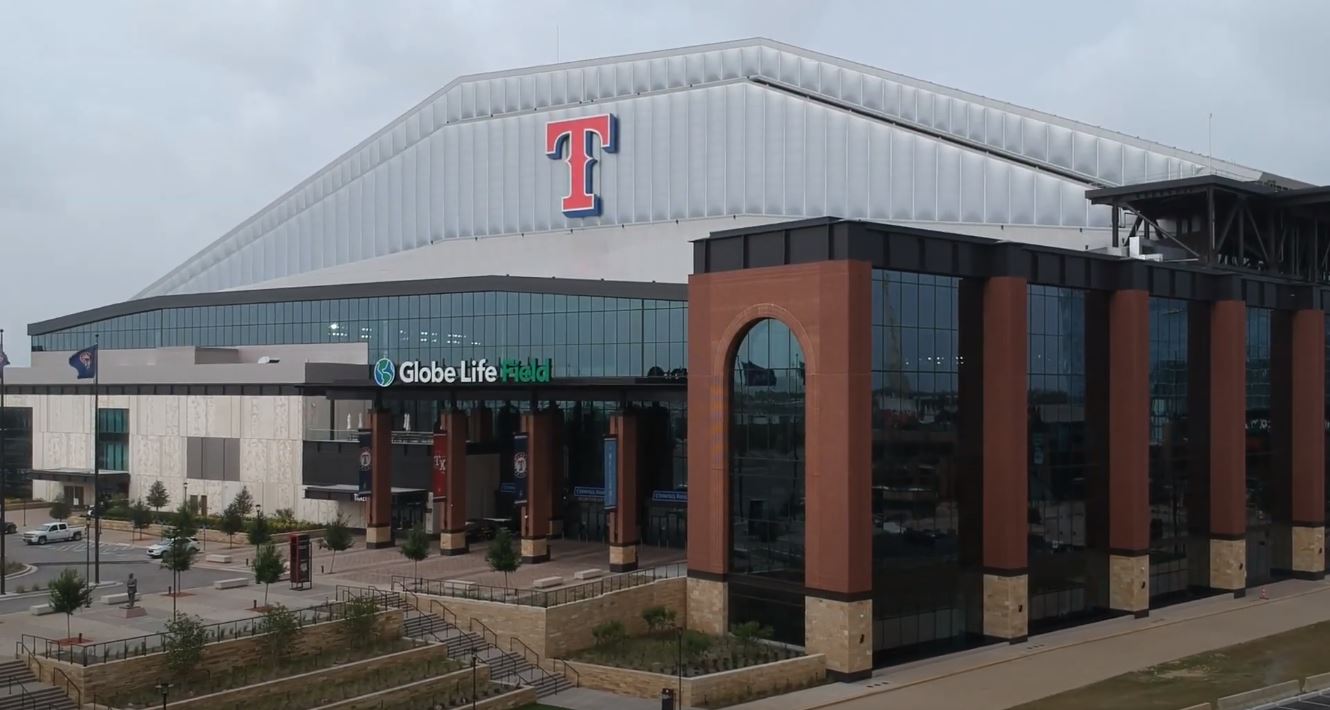|
Moodeung Stadium
Gwangju Mudeung Baseball Stadium is a baseball stadium in Gwangju Gwangju () is South Korea's sixth-largest metropolis. It is a designated metropolitan city under the direct control of the central government's Home Minister. The city was also the capital of South Jeolla Province until the provincial office ..., South Korea. It is used mostly for baseball games and was the home stadium of Kia Tigers, formerly the Haitai Tigers, between 1982 and 2013. See also * Gwangju Mudeung Stadium Baseball venues in South Korea Sport in Gwangju Kia Tigers Buildings and structures in Gwangju Sports venues completed in 1965 {{baseball-venue-stub ... [...More Info...] [...Related Items...] OR: [Wikipedia] [Google] [Baidu] |
Gwangju
Gwangju () is South Korea's sixth-largest metropolis. It is a designated metropolitan city under the direct control of the central government's Home Minister. The city was also the capital of South Jeolla Province until the provincial office moved to the southern village of Namak in Muan County in 2005 because Gwangju was promoted to a metropolitan city and was independent of South Jeolla province. Its name is composed of the words ''Gwang'' () meaning "light" and ''Ju'' () meaning "province". Gwangju was historically recorded as ''Muju'' (), in which "Silla merged all of the land to establish the provinces of Gwangju, Ungju, Jeonju, Muju and various counties, plus the southern boundary of Goguryeo and the ancient territories of Silla" in the ''Samguk Sagi.'' In the heart of the agricultural Jeolla region, the city is also famous for its rich and diverse cuisine. History The city was established in 57 BC. It was one of the administrative centers of Baekje during the Three ... [...More Info...] [...Related Items...] OR: [Wikipedia] [Google] [Baidu] |
Haitai Tigers
Kia Tigers ( ko, KIA 타이거즈) are a South Korean professional baseball team founded in 1982 and based in the southwestern city of Gwangju. Until 2001, they were known as the Haitai Tigers. The Tigers are a members of the KBO League and are the most successful team in Korean baseball, having won the national Korean Series championship 11 times with a perfect 11–0 record. Their home stadium is Gwangju-Kia Champions Field in Gwangju. After the success of the 1980s and 1990s, the fortunes of the team began to turn, resulting in them finishing bottom of the league for the first time in 2005, and again in 2007. In 2009, however, Kia Tigers won the 2009 KBO season and 2009 Korean Series. History Haitai Tigers was the third professional baseball team to be created in South Korea, after the OB Bears and MBC Chungyong. They were founded on January 30, 1982, with 14 players. Kim Dong-yeob, the first manager of the team, was fired after just one month, and Jo Chang-soo took over ... [...More Info...] [...Related Items...] OR: [Wikipedia] [Google] [Baidu] |
Korea Baseball Organization
The Korea Baseball Organization (KBO; ko, 한국야구위원회) is the governing body for the professional leagues of baseball in South Korea. The KBO was founded in 1981 and has governed two leagues: the KBO League ( ko, KBO 리그) and KBO Futures League ( ( farm league) since 1982. It is one of two major baseball governing bodies; the other is the Korea Baseball Association ( ko, 대한야구협회), which is the governing body for amateur baseball competitions. The KBO is a member of the International Baseball Federation (IBAF), and is responsible for the national baseball team for the World Baseball Classic and Asia Series. National team participation in other competitions is governed by the Korea Baseball Association. Awards :''See Baseball awards#South Korea'' * KBO League MVP Award *KBO League Rookie of the Year Award *KBO League Golden Glove Award * KBO League Korean Series MVP Award''See also'': Major League Baseball World Series MVP Award. *KBO League All-Star ... [...More Info...] [...Related Items...] OR: [Wikipedia] [Google] [Baidu] |
Kia Tigers
Kia Tigers ( ko, KIA 타이거즈) are a South Korean professional baseball team founded in 1982 and based in the southwestern city of Gwangju. Until 2001, they were known as the Haitai Tigers. The Tigers are a members of the KBO League and are the most successful team in Korean baseball, having won the national Korean Series championship 11 times with a perfect 11–0 record. Their home stadium is Gwangju-Kia Champions Field in Gwangju. After the success of the 1980s and 1990s, the fortunes of the team began to turn, resulting in them finishing bottom of the league for the first time in 2005, and again in 2007. In 2009, however, Kia Tigers won the 2009 KBO season and 2009 Korean Series. History Haitai Tigers was the third professional baseball team to be created in South Korea, after the OB Bears and MBC Chungyong. They were founded on January 30, 1982, with 14 players. Kim Dong-yeob, the first manager of the team, was fired after just one month, and Jo Chang-soo took over ... [...More Info...] [...Related Items...] OR: [Wikipedia] [Google] [Baidu] |
Baseball Stadium
A ballpark, or baseball park, is a type of sports venue where baseball is played. The playing field is divided into the infield, an area whose dimensions are rigidly defined, and the outfield, where dimensions can vary widely from place to place. A larger ballpark may also be called a baseball stadium as it shares characteristics with other outdoor stadiums. General characteristics The playing field A baseball field can be referred to as a diamond. The infield is a rigidly structured diamond of dirt and grass containing the three bases, home plate, and the pitcher's mound. The space between the bases and home is normally a grass surface, save for the dirt mound in the center. Some ballparks have grass or artificial turf between the bases, and dirt only around the bases and pitcher's mound. Others, such as Koshien Stadium in Hyōgo Prefecture, Japan, have an infield of entirely dirt. Two white lines extend from the home plate area, aligned with the first and third bases. T ... [...More Info...] [...Related Items...] OR: [Wikipedia] [Google] [Baidu] |
Gwangju Mudeung Stadium
Gwangju Mudeung Stadium is a sports complex in Gwangju, South Korea. Main stadium is currently used mostly for football matches and has a capacity of 30,000 people and was opened in 1966. During the 1988 Summer Olympics, it hosted some football matches. This complex has Gwangju Mudeung Baseball Stadium Gwangju Mudeung Baseball Stadium is a baseball stadium in Gwangju, South Korea. It is used mostly for baseball games and was the home stadium of Kia Tigers, formerly the Haitai Tigers, between 1982 and 2013. See also *Gwangju Mudeung Stadium ... and gymnasium. References1988 Summer Olympics official report.Volume 1. Part 1. pp. 204–5.Official SiteWorld Stadiums Venues of the 1988 Summer Olympics Olympic football venues Sports venues in South Korea Football venues in South Korea Multi-purpose stadiums in South Korea Sport in Gwangju Buildings and structures in Gwangju Venues of the 1986 Asian Games {{Summer-Olympic-venue-stub ... [...More Info...] [...Related Items...] OR: [Wikipedia] [Google] [Baidu] |
Baseball Venues In South Korea
Baseball is a bat-and-ball sport played between two teams of nine players each, taking turns batting and fielding. The game occurs over the course of several plays, with each play generally beginning when a player on the fielding team, called the pitcher, throws a ball that a player on the batting team, called the batter, tries to hit with a bat. The objective of the offensive team (batting team) is to hit the ball into the field of play, away from the other team's players, allowing its players to run the bases, having them advance counter-clockwise around four bases to score what are called " runs". The objective of the defensive team (referred to as the fielding team) is to prevent batters from becoming runners, and to prevent runners' advance around the bases. A run is scored when a runner legally advances around the bases in order and touches home plate (the place where the player started as a batter). The principal objective of the batting team is to have a ... [...More Info...] [...Related Items...] OR: [Wikipedia] [Google] [Baidu] |
Sport In Gwangju
Sport pertains to any form of competitive physical activity or game that aims to use, maintain, or improve physical ability and skills while providing enjoyment to participants and, in some cases, entertainment to spectators. Sports can, through casual or organized participation, improve participants' physical health. Hundreds of sports exist, from those between single contestants, through to those with hundreds of simultaneous participants, either in teams or competing as individuals. In certain sports such as racing, many contestants may compete, simultaneously or consecutively, with one winner; in others, the contest (a ''match'') is between two sides, each attempting to exceed the other. Some sports allow a "tie" or "draw", in which there is no single winner; others provide tie-breaking methods to ensure one winner and one loser. A number of contests may be arranged in a tournament producing a champion. Many sports leagues make an annual champion by arranging gam ... [...More Info...] [...Related Items...] OR: [Wikipedia] [Google] [Baidu] |
Buildings And Structures In Gwangju
A building, or edifice, is an enclosed structure with a roof and walls standing more or less permanently in one place, such as a house or factory (although there's also portable buildings). Buildings come in a variety of sizes, shapes, and functions, and have been adapted throughout history for a wide number of factors, from building materials available, to weather conditions, land prices, ground conditions, specific uses, prestige, and aesthetic reasons. To better understand the term ''building'' compare the list of nonbuilding structures. Buildings serve several societal needs – primarily as shelter from weather, security, living space, privacy, to store belongings, and to comfortably live and work. A building as a shelter represents a physical division of the human habitat (a place of comfort and safety) and the ''outside'' (a place that at times may be harsh and harmful). Ever since the first cave paintings, buildings have also become objects or canvasses of much artistic ... [...More Info...] [...Related Items...] OR: [Wikipedia] [Google] [Baidu] |




